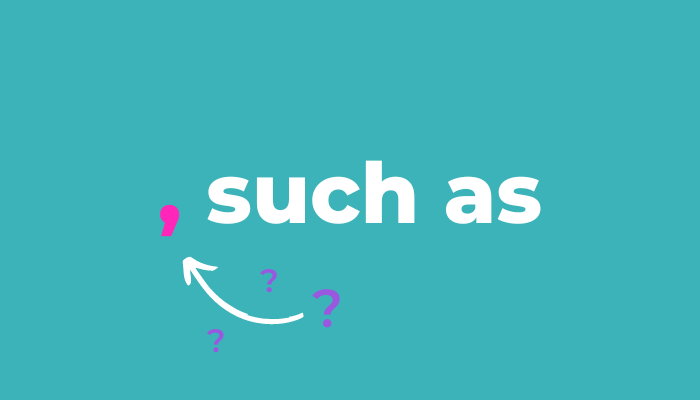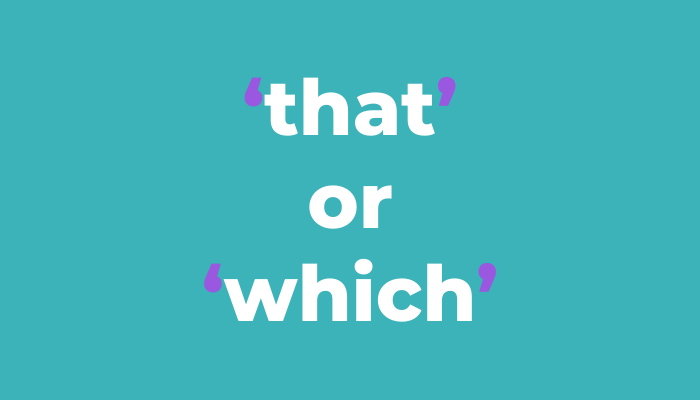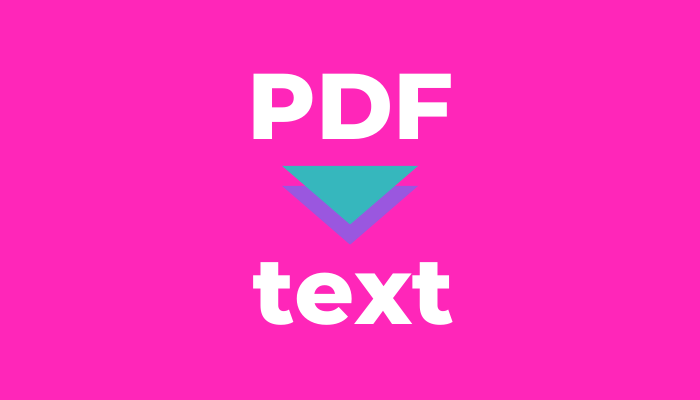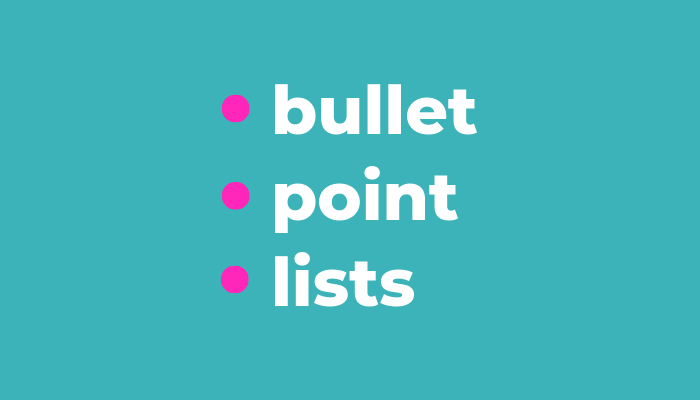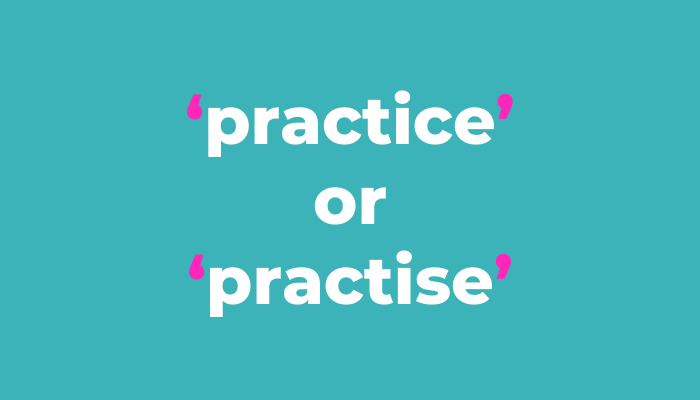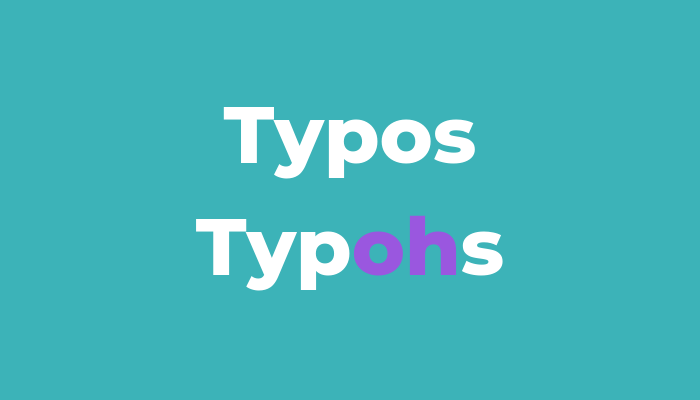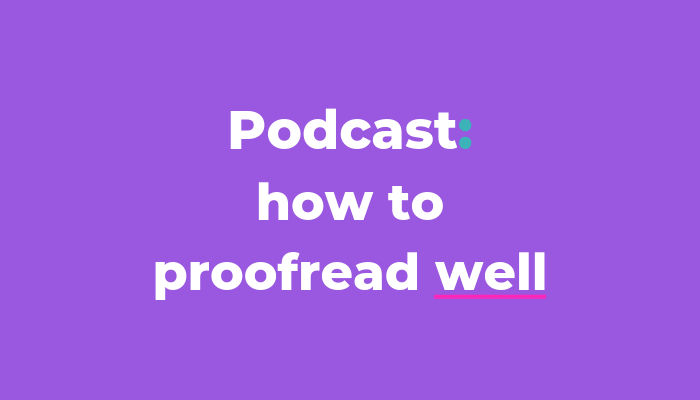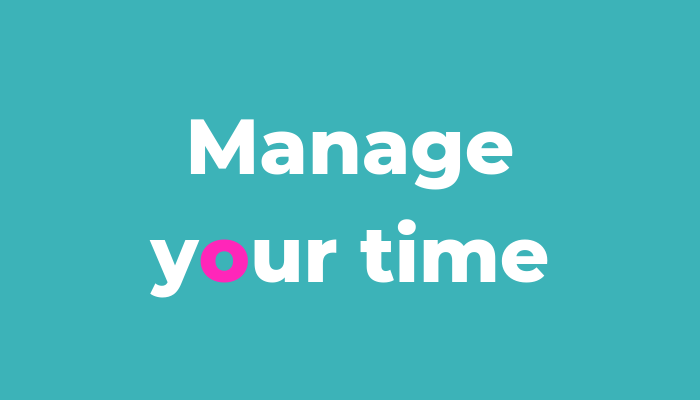Why is it so hard to see your own typos?!
Why is it so hard to see your own typos?!
They’re not important. That’s why.
Your clients. Your marketing campaigns. Your message. They’re important to you.
But to your brain? It’s not interested in the level of detail we need in our comms-heavy and trust-building business world. It’s too busy focusing on what it does find important. We’ll get to that in a bit.
Slip ups slip through
I’m talking about accidental typos here. The ones that creep in as we hammer at the keys. It’s nothing to do with knowing your ‘to’ from your ‘too’. Everyone has words they struggle with.
No, this is about autocorrect. It works pretty impressively most of the time but can easily let an unexpected clanger through if we’re not careful. You know the situation…
You’re typing and look at the keys as you tap away rather than the screen. Or at that person walking past your desk with a handful of bourbon biscuits but you don’t remember seeing bourbon biscuits in the kitchen when you made a coffee 12 minutes ago and now all you can think about is dunking and devouring those sweet bourbon choco treats.
You’re still typing as your mind drifts (and mouth dribbles). When you do look at your screen you won’t have seen that something was automatically changed when you pressed the space bar 11 words ago.
But was that change correct?
I was told about a chap who worked at Penstraze Business Park here in Cornwall. That’s not what his email would’ve said if he hadn’t read through it before he pressed send. I don’t know if there is a Penetration Business Park but there’s definitely not one just off the A390 outside Truro.
There are the slip-of-the-finger typos too. It’s how I once didn’t sign off an email with ‘kind regards’. And I didn’t know until I saw my original email underneath their response. Those ‘t’ and ‘g’ keys are rather close together.
If we don’t notice that it’s changed a word as we type or we’ve pressed keys that we’ve no idea we’ve pressed, we might not notice when we read it through either. We expect to see what we thought we’d written and that’s often what we accidentally read.
The copy con
The copy you’ve written may be for your business. It may be for your client’s business. Either way, you’ve typed those words yourself.
You can string those words together exceptionally well to elicit just the right response. You know what’s right and what’s wrong with the language. And which rules you want to smash apart to share that message in a powerful way.
And now you have to proofread that very same copy? To meet a deadline?? I don’t know how to type the noise I just made. And I’m just not a gif type of gal. There was definitely eye rolling and a curl of the lip.
Your creative copywriting skills have put you at a disadvantage.
I’m a proofreader. But can I proofread my own stuff? I risk typing poofreading (again) just as much as you might accidentally entice someone in with a whopping 25% discocunt on their first order of washable toilet wipes. (They exist. I use them. But only for wees.)
Proofreader or not – we’re the same. And proofreading your own copy is damn hard.
Weird science
Yuo’ll prabolby be albe to raed tihs evne thuogh it’s a jubmeld mses, rgiht?
This is because we don’t read each letter individually. Instead, our brain streamlines the process and bundles together the lower-level cognitive tasks based on what we’ve already experienced. So we read those letter clumps as a shape. We attribute meaning to that shape. And we can predict what shape’s likely to follow another shape.
It’s all about context.
Our brain does this to free up cognitive capacity so we can focus on what’s really important: the meaning.
To successfully communicate with someone else we need to turn the thoughts and ideas in our mind into a clear message, so someone else with their own experience and knowledge can understand our thoughts and ideas in their mind.
Not so top tips
Our brain simplifies things. We’re off the hook! Babycham and battenberg celebrations all round! (This isn’t the time for bourbons.)
It doesn’t make it any easier for us to proofread our own copy though. And when you’re working on marketing copy/content and high-end high-cost campaigns, your words are everything.
There’s a bunch of proofreading tips knocking around online. I wrote a post about them too because I wanted an excuse to write about Xena Warrior Princess.
There’s give it to a colleague. Take time away from it. Print it out (and spend twice as long working on it?).
But what if you CAN’T?!
If you work for yourself:
► There’s no one else to ask to read it for you.
If you work in a busy space:
► It’s not so easy to read out loud or find a quiet hidey hole.
► It’s hard to avoid distractions. And phone calls (it’s urgent. Apparently). And kids (they just KNOW).
If you don’t have the time:
► You can’t wait for your colleague to reply to your Slack messages. (And email and WhatsApp – what are they doing?!)
► Your client wants it for a meeting with their designer. In 53 minutes.
► Your manager asks if you can get it done. NOW.
Freezing in fear and flinging it off with a “sod it, it’ll be fine” aren’t going to cut it.
So… how do you proofread your own work?
You need to take control of your copy.
Some people see proofreading as an inconvenience, but there’ll always be other things yanking your attention every which way.
You need structure! If you have a system you can follow, it takes the pressure off. It becomes about your reader again too, because it IS about your reader.
This is marketing. You’re communicating with them for a reason: to sell.
Your words and how you make them feel determine how they perceive your business and brand. It’s those errors and distractions that are an inconvenience to them! They’re the one with the problems you can solve and the voice to big you up. If they need your help but don’t buy into you, they’ll buy from someone else.
I have a process I follow that I tailor to the specific type of copy I’m working on. It’s not about reading from top to bottom start to finish either (that comes in at the end).
If you want to know you’ve fully covered your copy, I’ve used my 5-stage BEAM process to create the Proofreading for Marketing guide to save you the time and headspace (and faff) of working it out for yourself.
Or (*shuddereyetwitchlipcurl*) risking it.
I’ve worked in marketing agencies and have my own copywriting and marketing clients. I know what it’s like when campaign deadlines change and emails fire ‘URGENT’ unexpected attachments at you while you’re in the middle of concentrating on something else.
If you end up having to work on copy at the last minute too, then Proof or Dare is for proofreading in a rush. It’s all about how you use the time – even if you only have five minutes.
Don’t get down on yourself if one or so typos slip through – your brain’s just doing its thing. If you have a process you can turn to, it’ll ease your overwhelm and boost the amount of oversights you’ll be able to find and rule out.
Xena always goes in with a plan first too. (And a few unexpected air kicks.)




